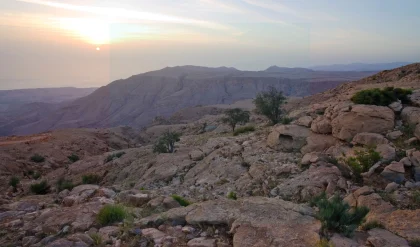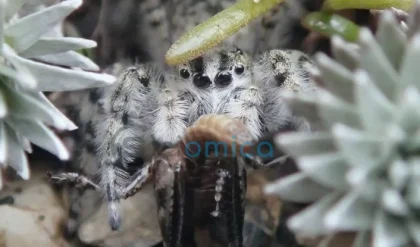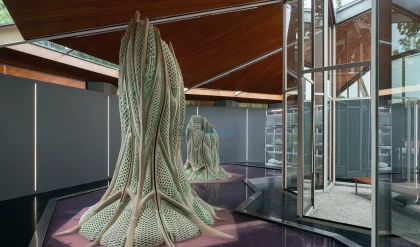
Mycorrhizal fungi play a crucial role in regulating global climate and supporting ecosystems by establishing extensive underground networks that supply essential nutrients to plants while sequestering carbon in the soil. Despite significant efforts by scientists and conservationists to safeguard these vital fungi, many species remain undetected, classified as “dark taxa”—fungal species identified solely through their genetic sequences without any formal classification.
A review published in Current Biology on June 9 highlights that a staggering 83% of ectomycorrhizal species are considered dark taxa. Approximately 155,000 out of an estimated 2 to 3 million fungal species worldwide have been formally described, underscoring the vast amount of undiscovered biodiversity in the fungal kingdom. This recent study identifies key underground habitats for unknown mycorrhizal species, particularly in tropical forests in Southeast Asia and Central and South America, as well as in shrublands across Africa and montane regions above Mongolia.
In the field of natural sciences, proper naming of species is integral to conservation and research efforts. Traditionally, once identified, a species is assigned a binomial nomenclature—two Latin words denoting its species and genus. This classification system serves as a crucial means of identifying fungi, plants, and animals. Most mycorrhizal fungi are detected through environmental DNA (eDNA)—genetic material released into the environment. Scientists can extract eDNA from soil and root samples, sequence the DNA, and compare the results to known species. However, for dark taxa, the sequences yield only fragments of nucleobases—adenine, guanine, cytosine, and thymine—without corresponding matches.
According to Laura van Galen, lead author and microbial ecologist with the Society for the Protection of Underground Networks and ETH University, the challenge lies in linking DNA sequences to named species, which poses a significant barrier for conservation initiatives. “Environmental DNA has immense potential as a research tool to detect fungal species, but we can’t incorporate unnamed species into our conservation strategies,” she states.
Ectomycorrhizal fungi form symbiotic relationships with about 25% of terrestrial vegetation and are responsible for sequestering over 9 billion tons of CO2 annually. This accounts for more than a quarter of total fossil fuel emissions, playing an essential role in maintaining nutrient cycles, enhancing plant stress tolerance, and breaking down environmental pollutants.
The researchers also noted that dark taxa of ectomycorrhizal fungi are not uniformly distributed across the globe. “We observe concentrations of these species, particularly in tropical regions of Southeast Asia, South America, and Africa,” van Galen explains. Most ectomycorrhizal research has predominantly taken place in northern regions, indicating a gap in exploration and funding for southern-hemisphere areas—highlighting the need for greater investment in research focused on these critical fungi.
The authors propose strategies for bringing these obscured species to light, such as collecting and sequencing mushrooms and other fungi. Camille Truong, co-author and mycorrhizal ecologist at SPUN, emphasizes the need to sequence specimens stored in botanical gardens, many of which have been dormant for decades.
The implications of unidentified fungal species are significant, particularly as many are linked to endangered host plants. “The loss of these plants could result in the disappearance of vital fungal communities that remain unknown to us,” warns van Galen.
Despite the available technology, what is lacking is adequate attention to fungal biodiversity. “We must prioritize understanding and protecting soil fungi and their species before they vanish,” van Galen concludes. The research team hopes conservation organizations will leverage their findings to protect key areas of underground biodiversity, even if these species remain unnamed.
Reference:
- Laura G. van Galen, Adriana Corrales, Camille Truong, Johan van den Hoogen, Sujai Kumar, Bethan F. Manley, Justin D. Stewart, Petr Kohout, Petr Baldrian, Tomáš Větrovský, Thomas W. Crowther, E. Toby Kiers, Michael E. Van Nuland. The biogeography and conservation of Earth’s ‘dark’ ectomycorrhizal fungi. Current Biology, 2025; 35 (11): R563 DOI: 10.1016/j.cub.2025.03.079






